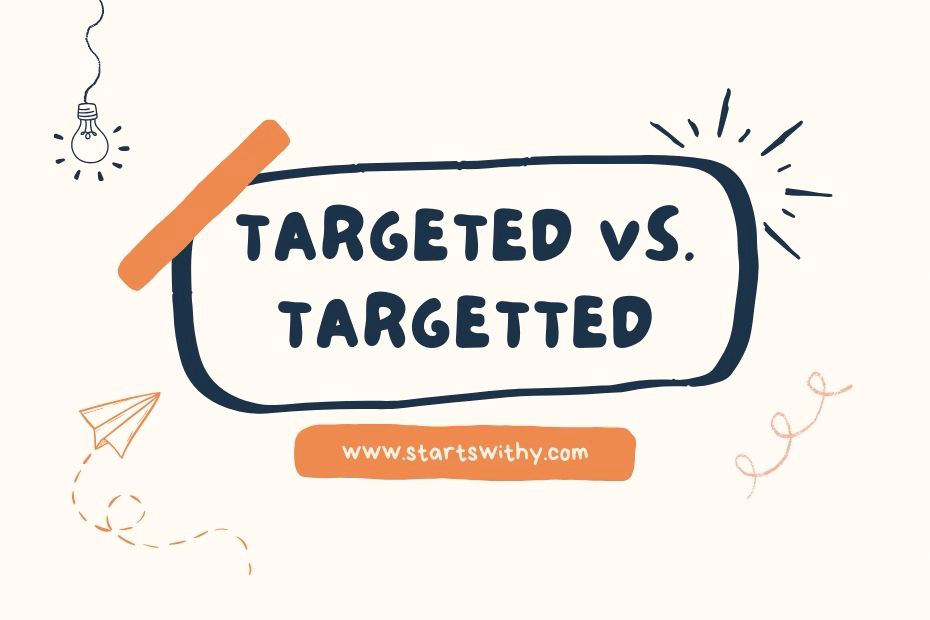Do you want to add some flavor to your writing? Let’s spice it up with a touch of zest. Zest is a vibrant and lively element that can make your sentences pop and engage your reader.
When you infuse your writing with zest, you are adding a dash of energy and excitement that can elevate your content to a whole new level. It breathes life into your words and creates a more dynamic and enjoyable reading experience for your audience.
7 Examples Of Zest Used In a Sentence For Kids
- Zest makes our food tasty.
- We should always cook with zest.
- Fruits like oranges have zest.
- Let’s add some zest to our playtime.
- Add some zest to your drawings!
- Dance with zest at the school assembly.
- We will sing with zest during music class.
14 Sentences with Zest Examples
- Zest up your study sessions by creating colorful mind maps to help you remember key concepts.
- Join a dance club on campus to add some zest to your extracurricular activities.
- Take a break from your textbooks and add a little zest to your day by exploring the local street food scene.
- Incorporate some zest into your morning routine with a refreshing workout or yoga session.
- Attend college events and workshops to discover new interests and add some zest to your college experience.
- Spice up your dorm room decor with some vibrant colors and patterns to bring some zest into your living space.
- Embrace your creative side by joining a theater group and performing with zest on stage.
- Start a book club with your friends to discuss your favorite novels and add some zest to your reading routine.
- Experiment with different study techniques to find what works best for you and adds zest to your learning process.
- Get involved in community service projects to make a difference and add zest to your college resume.
- Attend college sports events to cheer on your team and experience the zest of campus spirit.
- Travel to nearby cities during breaks to explore new cultures and add zest to your college adventures.
- Plan a themed party with your classmates to add some zest to your social gatherings.
- Organize a movie night with your friends to relax and add some zest to your weekends.
How To Use Zest in Sentences?
Zest is a word that can add a lot of flavor to your sentences. When using zest in a sentence, it generally means to add excitement, interest, or energy.
Here are a few tips on how to use zest effectively in a sentence:
-
Choose the right context: Make sure the context of your sentence matches the meaning of zest. For example, “She approached her work with zest and enthusiasm” conveys a positive and energetic attitude.
-
Use descriptive language: When incorporating zest into your sentence, try to use descriptive language that vividly conveys the feeling of excitement or liveliness.
-
Consider the tone: Think about the tone of your sentence. Zest is often used in positive and upbeat contexts, so make sure the tone of your sentence reflects that.
-
Experiment with different sentence structures: You can use zest at the beginning, middle, or end of a sentence. Try different placements to see which one sounds the most natural.
-
Revise and edit: After including zest in your sentence, read it aloud to make sure it flows well and effectively conveys the desired meaning.
By following these tips, you can effectively incorporate zest into your sentences to add excitement and energy to your writing.
Conclusion
In conclusion, sentences with zest are dynamic and vibrant, adding a lively touch to writing. They are full of energy and enthusiasm, engaging the reader and injecting life into the text. By incorporating sentences with zest, writers can create a more captivating and memorable piece that resonates with their audience.
Whether through the use of vivid imagery, evocative language, or passionate expression, sentences with zest leave a lasting impression and bring a sense of excitement to the written word. They have the power to spark interest, evoke emotion, and draw readers in, making the writing more compelling and enjoyable to experience. Overall, sentences with zest are a valuable tool in crafting engaging and impactful writing.



